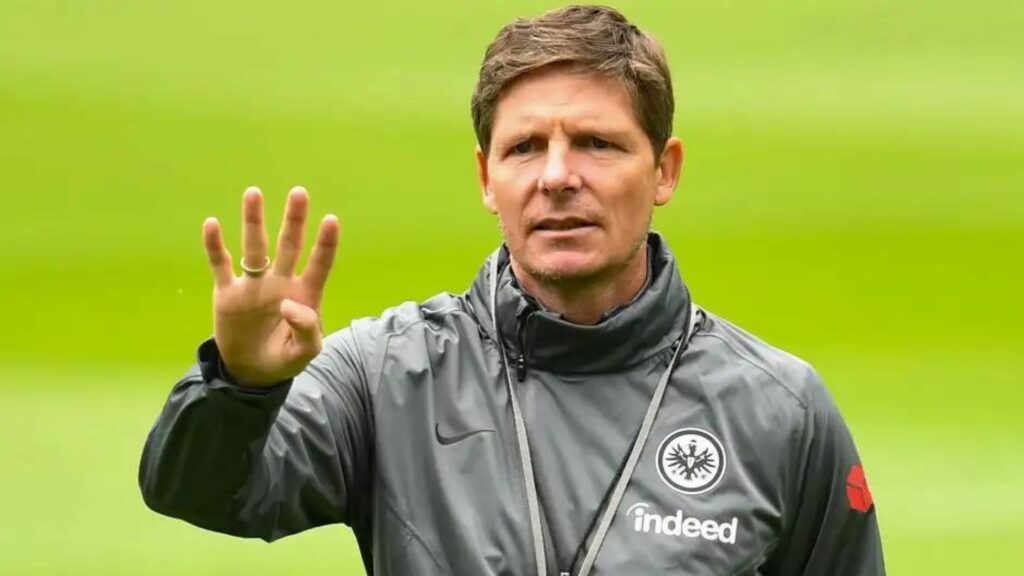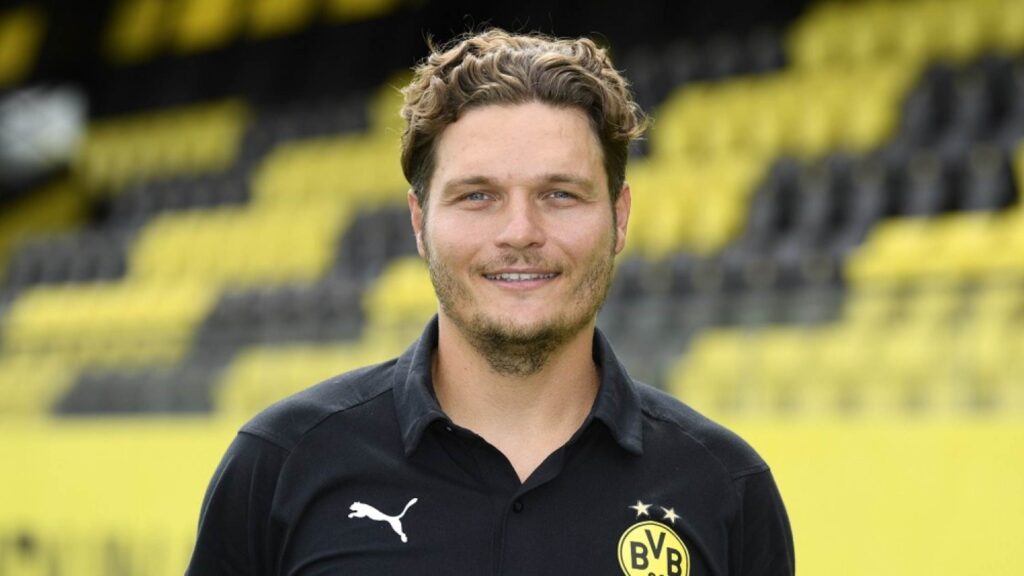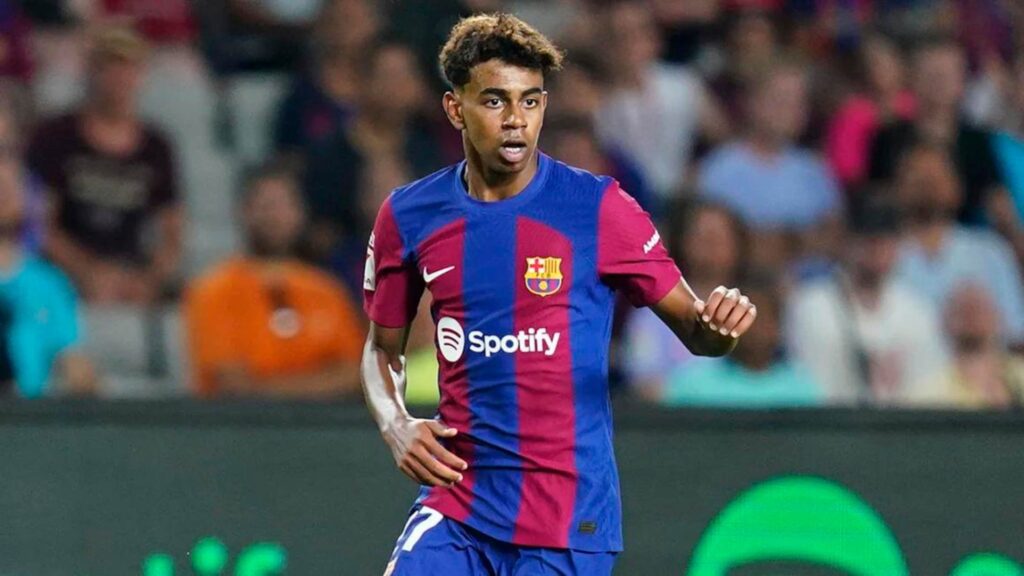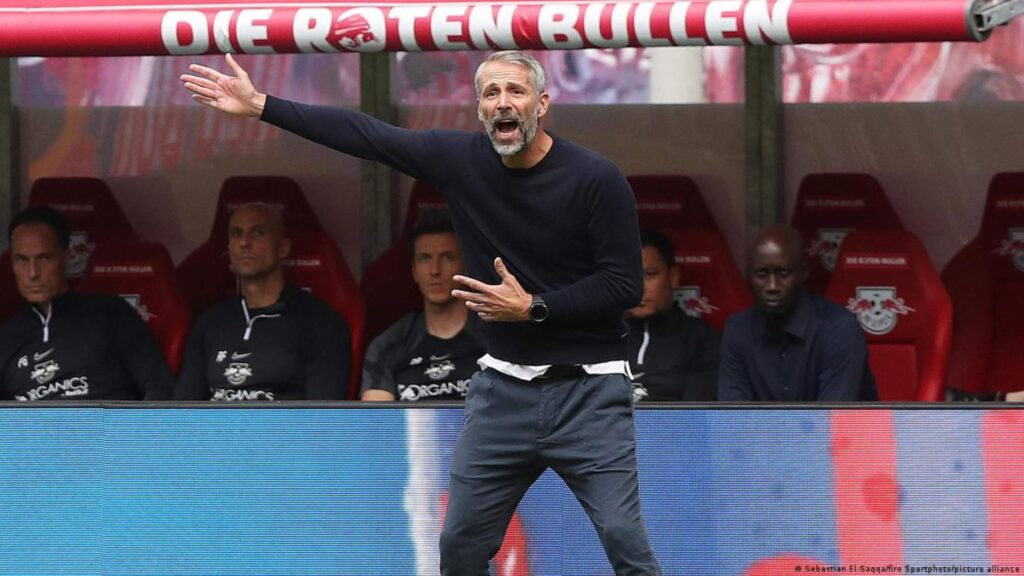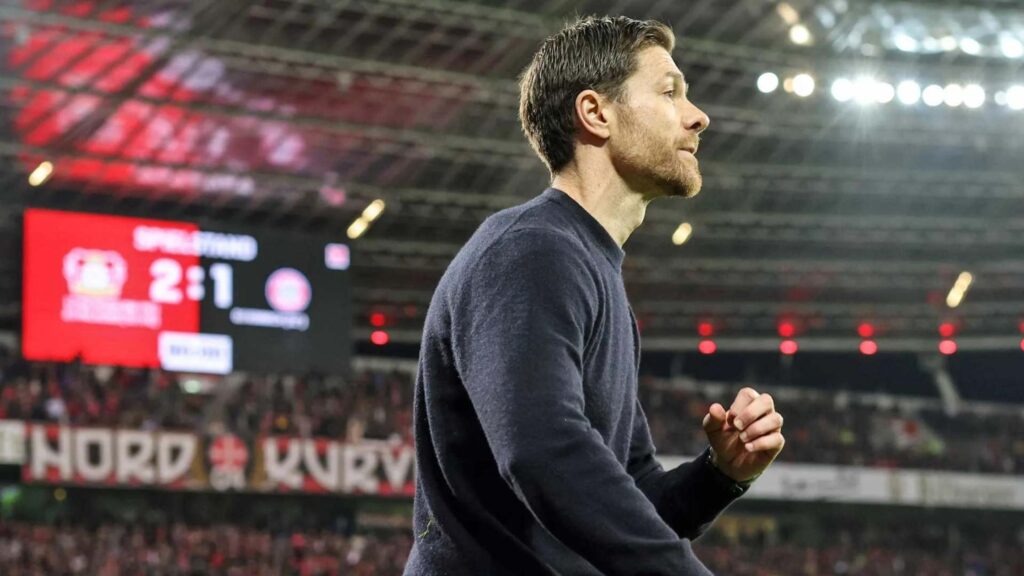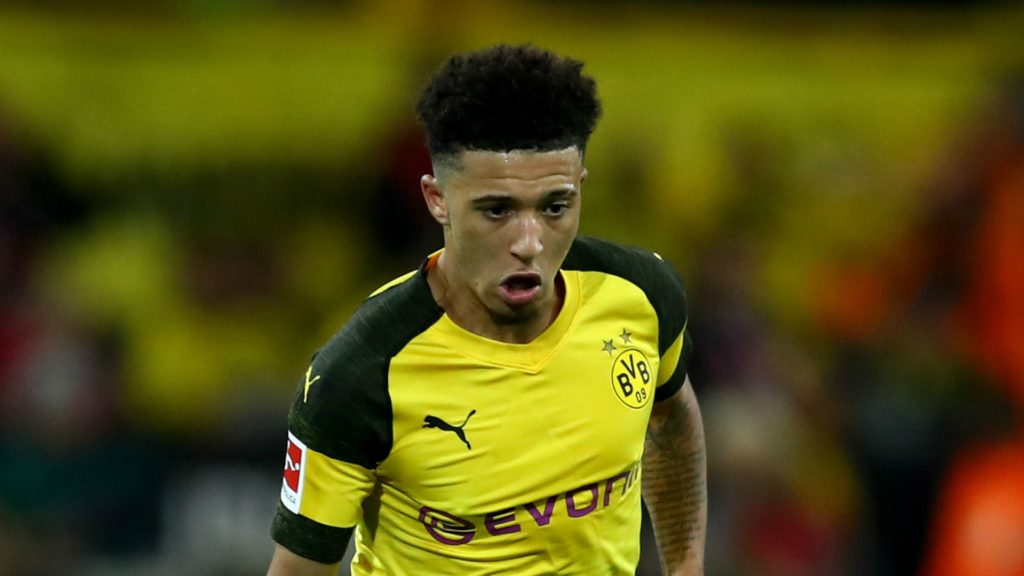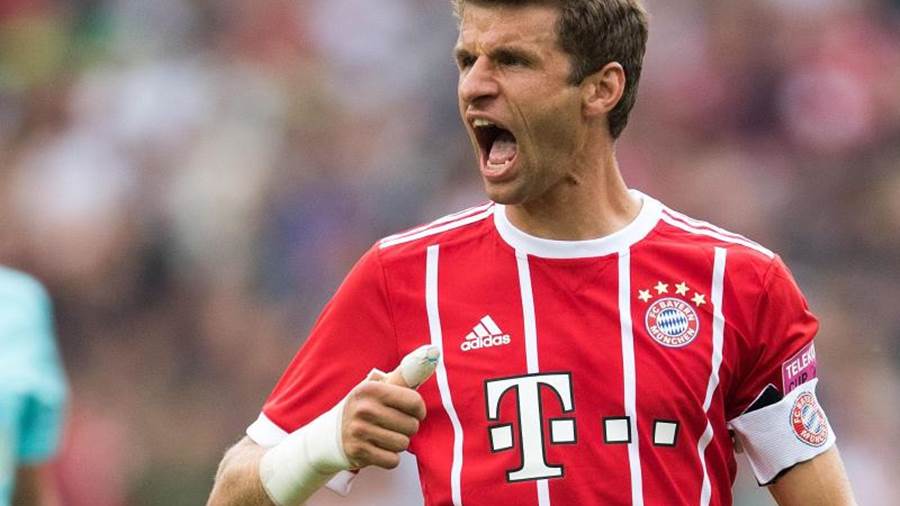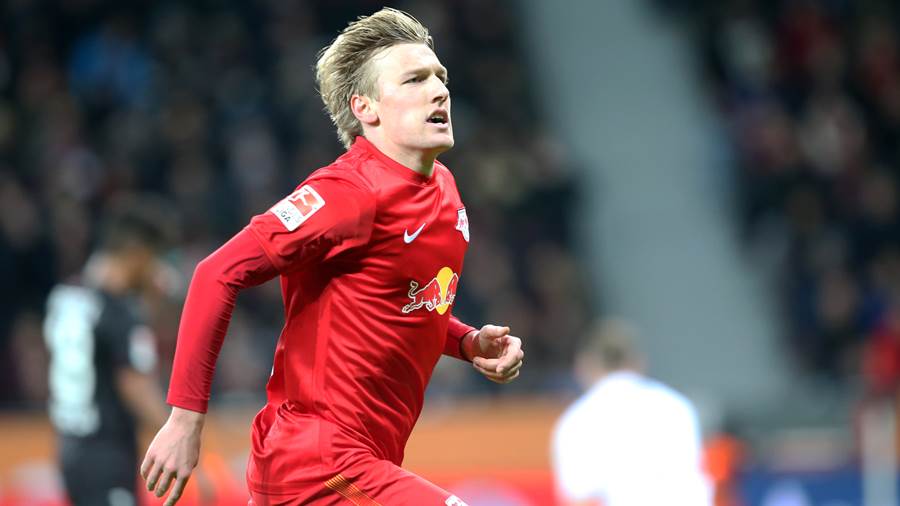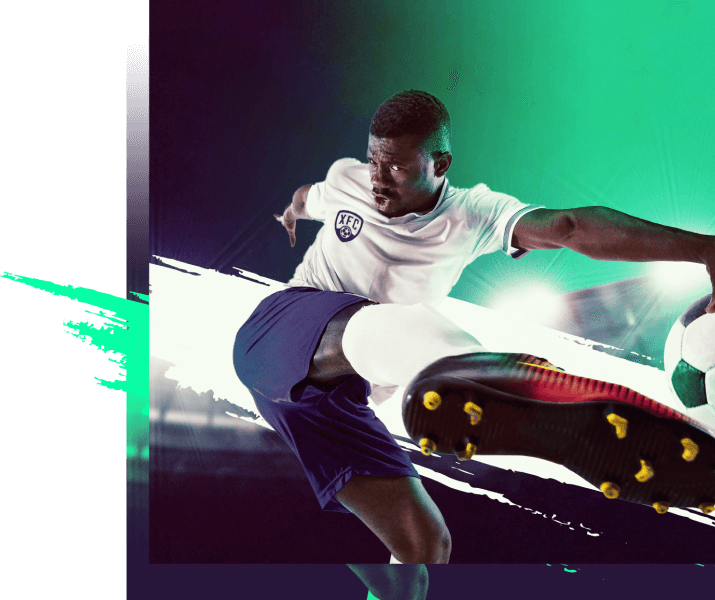Oliver Glasner’s Career
Oliver Glasner had an accomplished playing career lasting almost 20 years at center-back for SV Ried, beginning and concluding at Red Bull Salzburg as an assistant and sporting coordinator before returning as head coach at Ried in 2014/15. Following that season, he joined LASK where he led them to promotion and second place behind Salzburg for 2018/2019.
Following Adi Hutter’s dismissal, Glasner was appointed Eintracht Frankfurt’s head coach on May 25, 2021. Glasner came from VfL Wolfsburg, where he led them to two top-four finishes during both of his seasons as manager; before Wolfsburg he also successfully oversaw coaching stints at RB Salzburg and LASK Linz, respectively in Austria.
Glasner’s football philosophy
Oliver Glasner’s tactical style at Eintracht Frankfurt follows the approach of Adi Hutter but with minor adjustments to a 3-4-2-1 formation. The team’s three central defenders work in conjunction with the goalkeeper to build play from the back. The two central midfielders sit deeper, while the wing-backs push higher, creating a 3+2 structure in their own half. The wing-backs to provide width, searching for space in the half-spaces and aggressively moving between the lines to receive progressive passes toward the center when space is limited.
Formation and tactics
Oliver Glasner often employs a 3-2-4-1 formation with two wingbacks – something Chelsea fans might find advantageous given Reece James and Ben Chilwell are two of the premier performers at their positions when available. Eintracht Frankfurt had already found success using this formation under previous coach Adi Hutter; Glasner has made it even more flexible by switching between 3-4-2-1, 3-4-1-2 and 3-4-5 systems – lessening predictability while improving adaptability to match opponents’ tactics more readily.
Eintracht Frankfurt’s in attack
Eintracht’s primary objective during the transition phase is to deliver progressive passes into the attacking third quickly. Their advanced forward looks for opportunities behind defensive lines to exploit gaps, often making runs behind defensive lines to receive passes from offensive midfielders who tend to become the most advanced players when marking strikers occur; additionally, when recovered possession is recovered, the left wing-back can move into advanced position to create potency counter-attacking threat.
A 3-4-3 or 3-4-2-1 formation incorporates two holding midfielders to provide an overall 3-4-3 structure during build-up play.
The positional attack involves stretching and rotating positions across the field to open opportunities, while in action building, they adjust into a 3-2-5 formation, but players in their opponent’s half have plenty of freedom to find open space within it, often creating more fluid team play formation. Eintracht prioritizes fast, direct vertical play, often utilizing their wing backs or front three to attack from advantageous starting positions on either flank of the pitch.
Eintracht in defense
Eintracht Frankfurt has placed their central defenders closely together along with their goalkeeper in an inverted four-man triangle to allow them to maintain compactness when defending the defensive third while still having enough playing space available to them for expansion and flexibility. This strategy ensures Eintracht Frankfurt has enough protection but can expand and contract as needed during play.
Eintracht Frankfurt press high up the pitch without necessarily engaging in direct man-to-man pressing; rather, their primary emphasis lies on closing off spaces centrally on the pitch.
Sometimes their defensive shape resembles that of a 5-2-3 formation with deeper-positioned wing backs, in which case their central midfielders press higher when joining forwards in pushing up for forward movement and pressing higher than ever before – one moving up even beyond opponent defensive lines while others drop deeper behind defensive lines for support; furthermore wing backs press opponent central midfielders and side defenders, closing down zones efficiently with their pressure.
Glasner’s pressing may not always be high or intense, but it is always intelligent. Players take up their assigned positions before reaching out to close down zones when the action moves that way. Eintracht Frankfurt can transition their 5-2-3 formation into a 5-4-1 and apply more aggressive pressure by positioning wider and higher up the pitch and pressing with increased aggression; then, after winning possession, quickly launch counterattacks after winning it back quickly.
